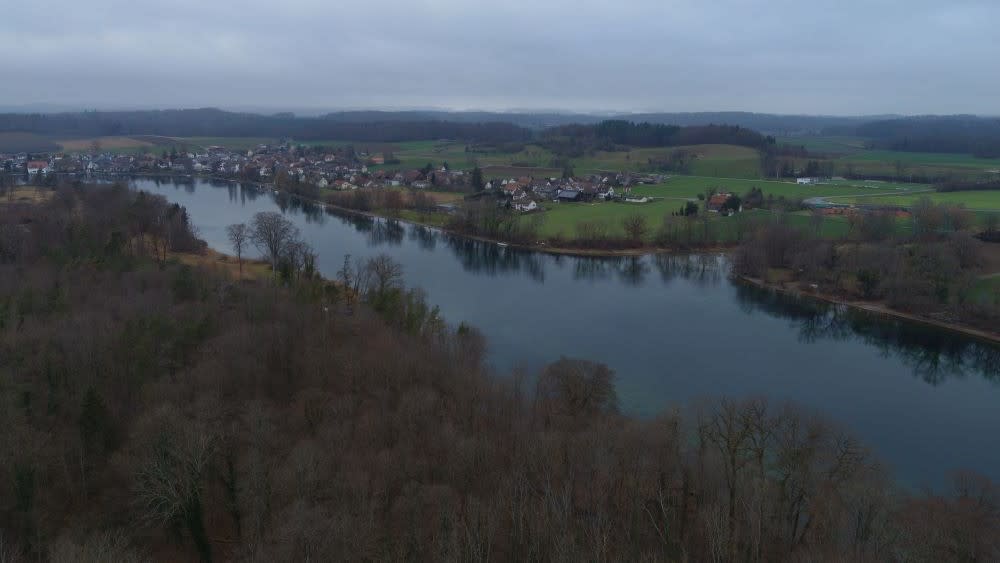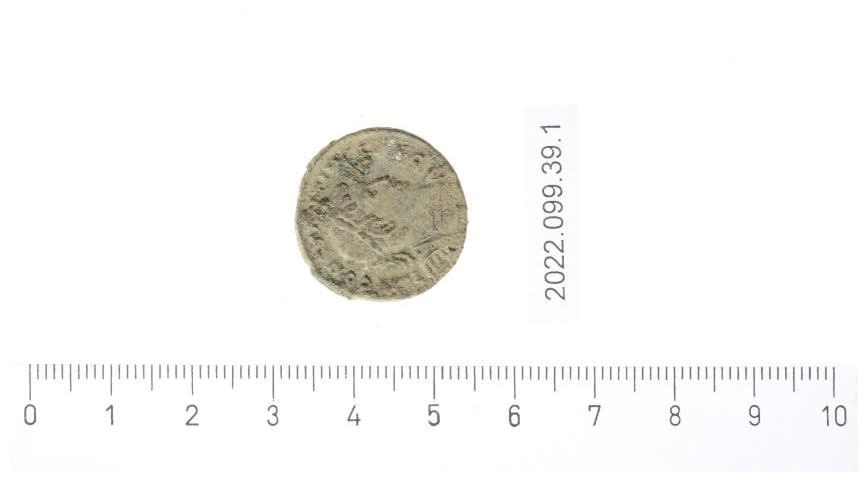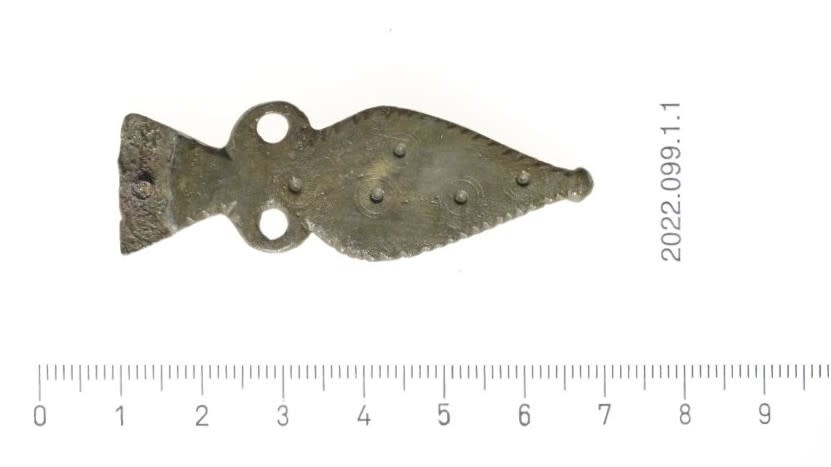1,700-year-old Roman watchtower ruins discovered in Switzerland

The remains of a Roman watchtower dating to the fourth century A.D. have been discovered by the Rhine River in northern Switzerland.
The watchtower had a square base measuring 23 feet by 23 feet (7 by 7 meters) and 3-feet-thick (1 m) walls, researchers said in a translated statement. It's not clear how tall it would have been. Not much of the tower itself still remains, but archaeologists found bricks, stones, mortar, roof tiles and a foundation ditch near the Swiss town of Schlatt.
They also unearthed the nearby remains of a v-shaped, trench located near the watchtower. It likely held a wooden palisade, the archaeologists said in the statement. The site also held part of a military belt and a Roman coin minted during the reign of emperor Constantine I (reign circa A.D. 306 to 336).


Archaeologists with the Canton of Thurgau's office of archaeology discovered the watchtower in January 2023.
Around five to 15 people may have lived in the watchtower, said Hansjörg Brem, an archaeologist with the Canton of Thurgau who was involved with the excavation. It's likely that not all the people living in the tower were soldiers. Evidence from other watchtowers found in the region indicate that soldiers lived in the towers with their families, Brem told Live Science in an email.
Related: Ancient Roman 'spike defenses' made famous by Julius Caesar found in Germany
Tactical purpose

Watchtowers like this were often "erected as part of an information and observation system," Brem said. Soldiers in the watchtower would have been able to alert larger units about potential threats or movements in the area.
During the fourth century A.D., the watchtower sat on the Roman Empire's northern frontier. This border came under pressure from a variety of "barbarian" groups — including the Goths, Vandals and Huns — who launched incursions into the empire. These groups fought not only against the Romans but against each other, with the losers sometimes seeking refuge in the Roman Empire.
related stories
—Ancient Roman camps from secret military mission spotted using Google Earth
—Mystery of Roman coins discovered on shipwreck island has archaeologists baffled
Richard Alston, a professor of Roman history at Royal Holloway, University of London, who is not involved with the research, told Live Science that the tower "looks like a fairly standard late Roman military emplacement."
Alston thinks that a watchtower like this may have been used mainly for supervising traffic in the area. "It is not really a defensive position and would have been manned by a very small number of persons," Alston said, noting that in some cases civilians would man watchtowers like this in the Roman Empire.

